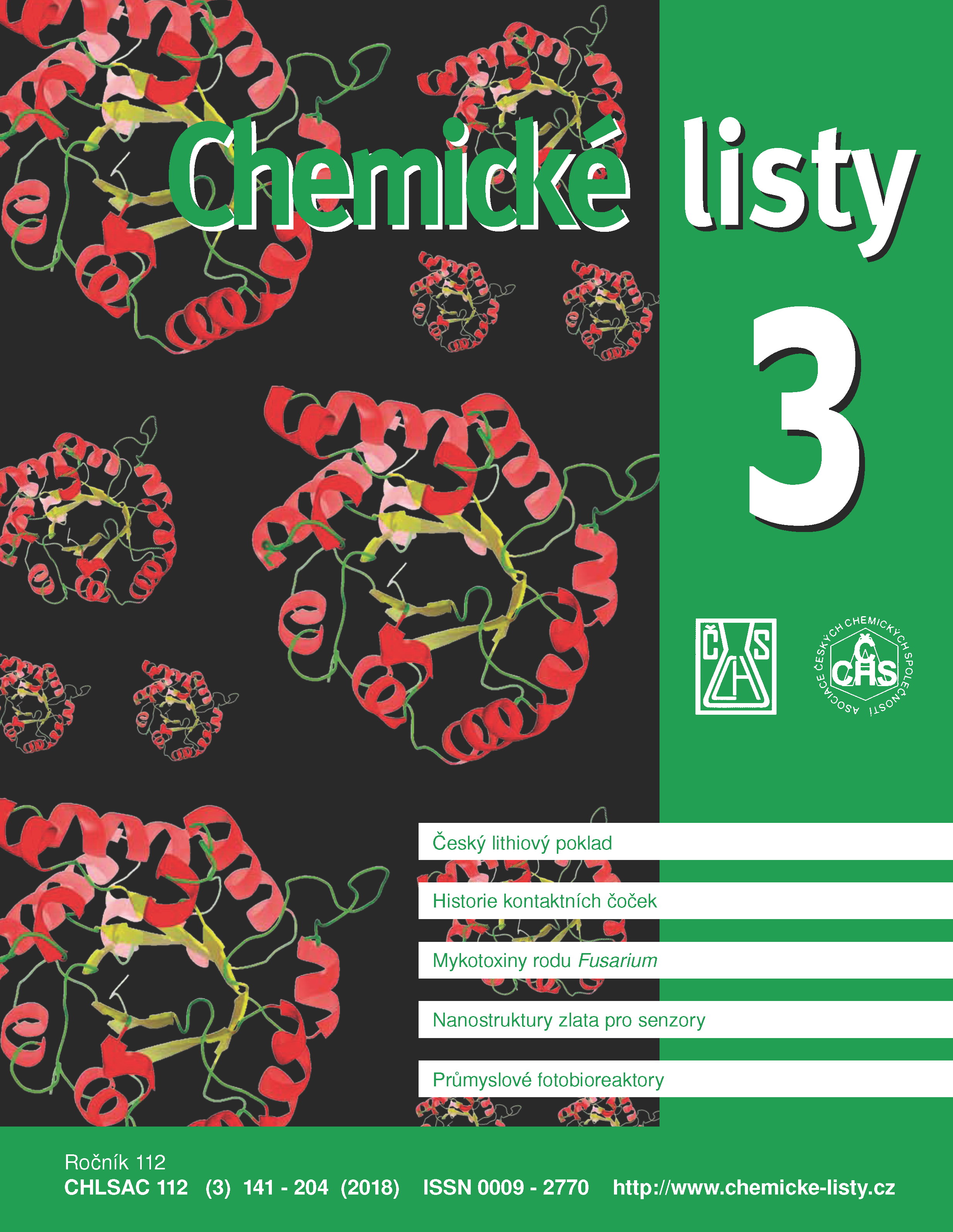Osud vybraných rizikových prvků v umělých mokřadech studovaný AAS a plamenovou fotometrií
Klíčová slova:
environmentální analytická chemie, atomová absorpční spektrometrie, rizikové prvky, odpadní voda, umělý mokřadAbstrakt
Methods of the trace element analysis (AAS and flame photometry) were used to study the fate of Cr, Pb, Cd, Mo, V, Be, Ba, As, Ni, Co, Sr, Li, Rb, Cu, Zn, Fe, and Mn in two constructed wetlands serving to treat municipal wastewater. The efficiency of the removal of some elements (Cd, Zn, Cu) was rather high whereas other ones (Sr, Rb, Li) were removed with poor efficiency. Fe, As, and V were even released to treated water which means that their outflow concentrations were higher than the inflow concentrations. The fate of studied elements in constructed wetlands is closely connected with the chemism of S and Fe in these systems. Under anaerobic conditions, when sulphates are reduced to H2S, some elements can be precipitated as hardly soluble sulphides forming sediments in the wetlands and are thus removed from wastewater. Reoxidation of FeII to FeIII can also proceed close to the roots and rhizomes of the wetland plants. Thus, the precipitate of Fe2O3 is formed and some contaminants can be coprecipitated. The assimilation of some elements by the wetland plants should also be considered. In addition to suspended solids, organics and nitrogen compounds, constructed wetlands can remove some risk elements from treated water as well. They can serve as a suitable alternative to traditional mechanical-biological wastewater treatment plants in the case of small villages.





